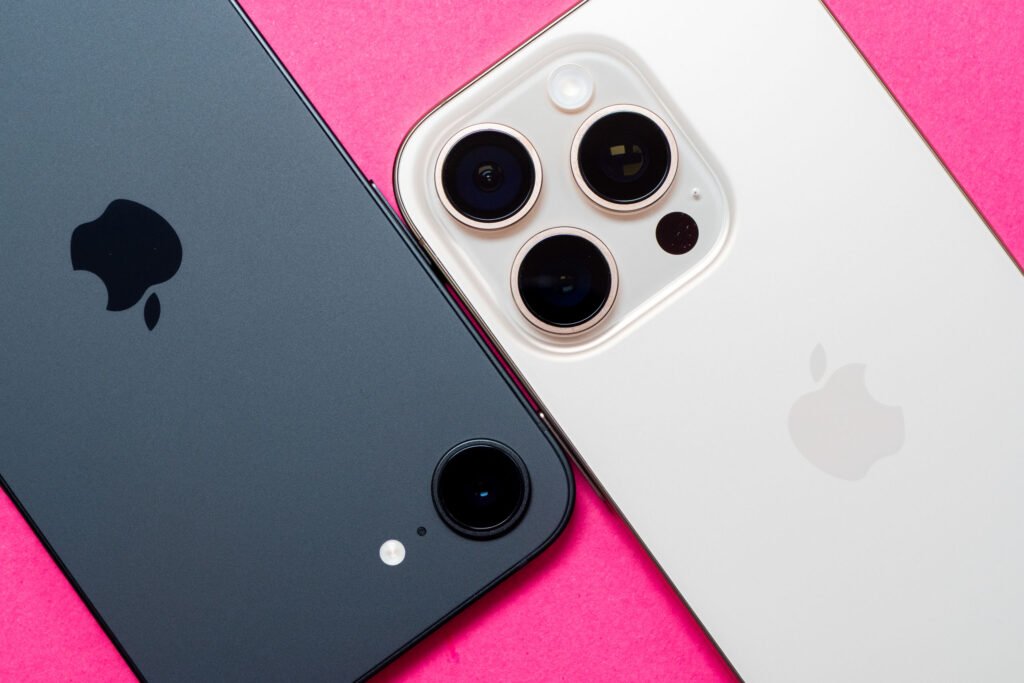The Long Exposure feature on Apple iPhones is a fantastic tool that cleverly uses AI to blend videos and photos, adding motion blur to seascapes, according to Peter Travers.
It’s often said that the best camera is the one you have with you. While I usually have my professional Canon gear, there are times, like during family vacations, when I prefer not to carry heavy equipment. Luckily, I always have my iPhone 11 Pro Max on hand, and I’ve figured out how to capture stunning photos, especially of slow shutter-speed seascapes, even in bright daylight.
Discovering the Long Exposure mode on my iPhone immediately changed the way I take seascape and any landscape photos involving moving water.
This feature, available in the Live Photos mode, can create beautiful motion blur in waves and waterfalls, while keeping stationary backgrounds sharply focused.
Typically, capturing a long exposure in daylight would require a tripod and an ND filter with a traditional camera. Therefore, this slow shutter speed effect is a priceless find, offering an easy way to enhance your scenic images.
Here’s how to use the Apple iPhone Live Photos Long Exposure mode
Start by opening the Camera app on your iPhone (iPhone 6s or newer) and select the Live Photos icon in the top left corner. A yellow Live block will appear, confirming that it’s activated.
While in Live Photos mode, your iPhone records 1.5 seconds before and after you take a picture, providing creative opportunities.
Afterward, you can edit your Live Photos in the Photos app and choose from four available effects that are oddly hidden! The options are Loop, Bounce, Long Exposure, or Live Off. Select Long Exposure.
This is where the Apple magic occurs. By tapping Long Exposure, the Photos app seamlessly combines the sharp elements of the scene while turning moving water into that stunning silky blur associated with slow shutter speeds.
Before and after:
Here are 3 key tips for getting the best Long Exposures on your iPhone
1. Keep your iPhone steady. You can rest it on a rock, fence post, or tree branch, or hold it very still when capturing the Live Photo. It’s crucial to keep it stable during the 3 seconds; otherwise, you’ll get unwanted motion blur in your images.
2. The Long Exposure function often crops images heavily when merging video with still images. To counter this, try to compose your shots 25% wider than you normally would, especially when photographing moving water.
3. Similar to using a main camera with ND filters, the speed of flowing water will affect the amount of blur at slower shutter speeds. On your iPhone, you don’t need to worry about specific shutter speeds; just remember that a gently flowing stream won’t blur as much as a fast-moving river.
The opinions expressed in this article do not necessarily reflect those of Amateur Photographer magazine or Kelsey Media Limited. If you’d like to share your thoughts on this topic or any other photography-related subject, please email: ap.ed@kelsey.co.uk
Follow AP on Facebook, Instagram, YouTube, and TikTok.


